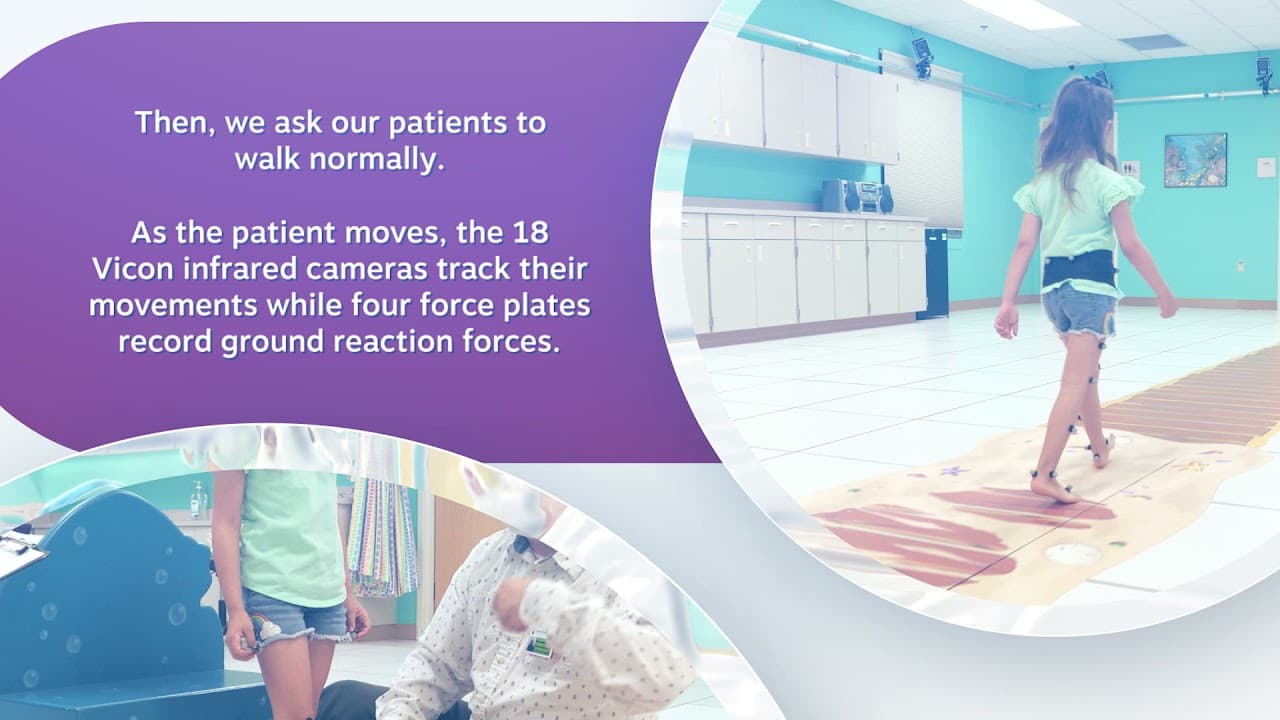Stepping Towards Solutions: A Toe-walking Study at Shriners Children's

A young patient participates in a study in the motion analysis center.
Research is a core pillar of the Shriners Children’s mission. Our specialists believe in progress, innovation, and finding the best solutions for our patients. A multi-center research initiative is now underway aimed at enhancing the lives of children who face challenges with toe-walking.
Led by Jeremy Bauer, M.D., an orthopedic surgeon at Shriners Children's Portland, this study is a testament to our healthcare system’s commitment to providing the highest quality specialty pediatric orthopedic care. Specialists are enrolling children at eight Shriners Children’s locations across the country, and patients are invited to take part in this groundbreaking research opportunity.

Casting is used to stretch a patient's calf muscle.
Understanding the Study
Toe-walking is common in toddlers who are learning to walk. While many outgrow it naturally, some require specialized care. Currently, two primary treatment options exist when toe-walking is due to muscle tightness: casting and surgery. For casting, the patient will typically undergo a series of stretching and casting treatments, gradually increasing their range of motion. It requires a longer commitment. Surgery addresses the calf muscle length in one procedure, but can be more involved than casting. The study aims to determine which approach leads to the most significant improvements in mobility and function.
Ted Sousa M.D., a fellowship-trained pediatric orthopedic surgeon, is the medical director of the motion analysis center at Shriners Children’s Spokane.
“There are a lot of questions with regards to toe walkers,” said Dr. Sousa. “We [physicians] all have our own preferred treatment protocol because that is how it has always been done, not necessarily because that is what research tells us what is the best method.”
How the Study Works
Patients who meet the strict criteria will participate in three comprehensive studies at our state-of-the-art motion analysis centers. A team of researchers will utilize a range of cutting-edge techniques in addition to motion analysis testing, including the use of wearable foot pressure sensors, to study the patient’s gait. Patients will perform some tasks at home. Participants will also undergo further tests and imaging, as specialists explore potential genetic links.

Various pictures display patients walking on their toes from different viewpoints.
Shriners Children’s will continue its recruitment efforts through 2024, followed by a thorough observation period until 2025. The goal is to involve 20 subjects from each location, with a goal of studying 160 total participants for the study.
Participating Locations:

Goals and Treatment Plans
Specialists will closely monitor how each participant walks and assess how their function and range of motion evolves with treatment. They are committed to helping every child reach their unique and personal goals. Doctors will also create customized treatment plans specific to the patients’ needs.
“Shriners Children’s conducts cutting-edge research. We are always looking to improve care,” said Dr. Sousa. “We are committed to doing research so we can deliver the best care for our patients.”
This study aims to create a brighter, more mobile future for children everywhere. Join us on this journey today!
If interested in more specific information about toe walking, motion analysis centers or research, patients and families should discuss it with their clinician.
Keep In Touch
Join our mailing list to stay up to date on everything that's happening at Shriners Children's.